Electrical Charge (GCSE Physics)
Electrical Charge
Electrical Charge
- An electric current is a flow of charge. A circuit has many electrons (charges) flowing around. This is a current – a ‘flow of charge’.
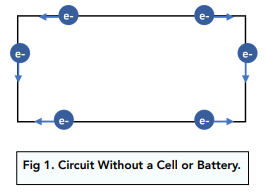
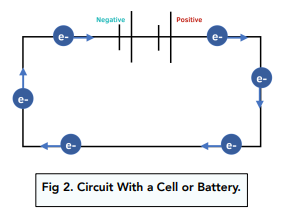
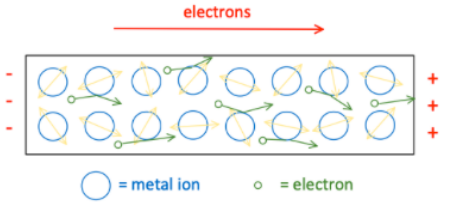
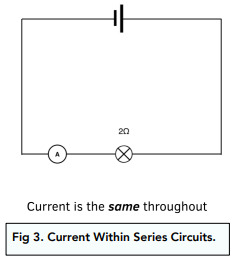
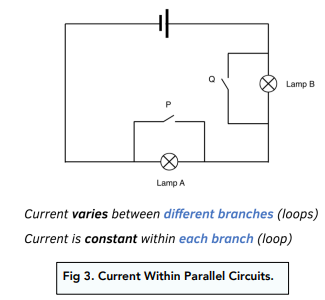
Conventional Current
Current is the flow of electrons from a negative to positive terminal. This is because electrons are negatively charged, so they want to move away from the negatively charged terminal.
However, scientists originally thought that current was the flow of charge from a positive terminal to a negative terminal. This old definition is called the conventional current, so we do not get confused with the new definition!





Still got a question? Leave a comment
Leave a comment